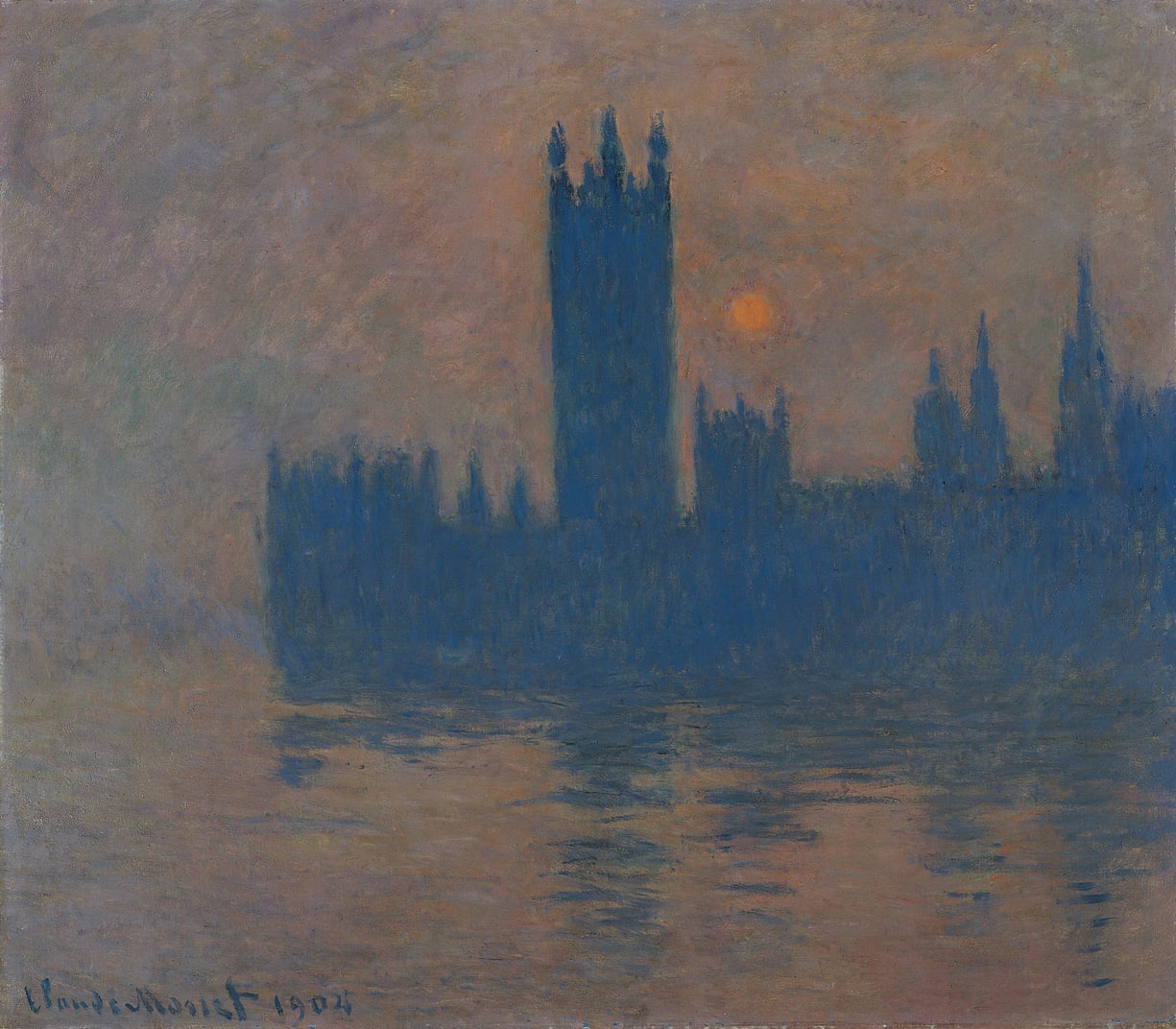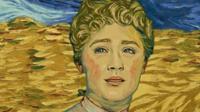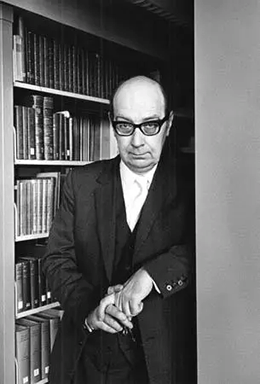This is a wonderful exhibition which has just opened at Tate Britain. It's Impressionists, but not just pretty, fridge-magnet Impressionists - it's far more challenging than that.. This is an exhibition about art history, and something you can really get your teeth into.
View a video showing Tissot paintings being conserved, ready for the show.
But my goodness, The Guardian vehemently disagrees. In its article here, it calls it "the worst show about the Impressionists.... ever", and "a desiccated seminar in third-rate history", whilst sourly ruminating that if they had only started with pluckily plein-air Brit John Constable, then the Tate would have had a real, wholesome, traditional block-buster on their hands, and also showed those French where the true roots of Impressionism lay into the bargain.
Which is kind of completely missing the point.
This isn't a show about the linear development of art towards Impressionism. We know all about that, and that's an easy chronological show to curate. Nor is it simply about what Britain gave to French 19th century painting.
This is about immigration, and the creative migrant bringing fresh eyes to their host country, about positively adding to the sum of the parts of that host country; about bringing endeavour and vitality and creativity, and fresh energy and impetus, and business acumen.
Just as art history and art movements do not come about in a vacuum, but are products of the age in which they exist, with all their political, literary, musical, societal and social influences, so art exhibitions are also reflections of times in which they exist. This, now, is an age about big fundamental questions of immigration and identity, and about the organisation of our society and all the upheaval that that entails, just as it was during the Franco-Prussian War.
Just as art history and art movements do not come about in a vacuum, but are products of the age in which they exist, with all their political, literary, musical, societal and social influences, so art exhibitions are also reflections of times in which they exist. This, now, is an age about big fundamental questions of immigration and identity, and about the organisation of our society and all the upheaval that that entails, just as it was during the Franco-Prussian War.
The exhibition starts in 1870, with the Franco-Prussian War and the Paris Commune, and a civilised world suddenly turned upside down by the horror of war. Death is in the streets, the buildings of Paris destroyed, the people reduced to eating rats.
The artist Jacques Joseph Tissot writes a traumatised letter recounting his eye-witness account of Communards being brutally executed. Manet's 1871 lithograph Civil War, reminiscent of his Dead Toreador, has in its quick, agitated mark-making of greasy crayon upon stone, all the immediacy of an on-the-spot Magnum photographer.
And well might these artists be traumatised. Their houses are taken over as soldier's barracks, their paintings destroyed, their families threatened and livelihoods ruined. Many are to be conscripted.
The artist Jacques Joseph Tissot writes a traumatised letter recounting his eye-witness account of Communards being brutally executed. Manet's 1871 lithograph Civil War, reminiscent of his Dead Toreador, has in its quick, agitated mark-making of greasy crayon upon stone, all the immediacy of an on-the-spot Magnum photographer.
And well might these artists be traumatised. Their houses are taken over as soldier's barracks, their paintings destroyed, their families threatened and livelihoods ruined. Many are to be conscripted.
No wonder they followed art dealer Paul Durand-Ruel's example and hot-footed it for safety to London. Here they got shelter, bought materials, settled their families, and started to make business links with dealers and patrons.
So destruction for some became opportunity for others. Savvy Durand-Ruel had an eye for opportunity out of the chaos, and a chance for a new market for his painters, whilst fledgling tour operator Thomas Cook also spied a new business angle.
In one of the most interesting parts of the exhibition, there are astonishing photos from "A Guide to the Ruins" the guide to a Cook's tour of the rubble that remained of Paris. This was an outsiders view of a foreign society, but with the purpose of deliberate disengagement from the human plight in order to aestheticise the results of war for the purposes of profit. This was some pretty distasteful war tourism, dressed up as elevated art appreciation in order to be palatable.
"Fire is a worker of genius," gushed the guide talking about a ruined building, "From the uniform, geometric insolent regular mess, it has made a dynamic, decorative, interesting edifice'.
Crassly forget the massive human cost, destruction was portrayed as a force for good, creating money-making aesthetic beauty and true art for English tourists who were able to remain detached from the reality of the war whilst getting a peripatetic thrill from it.
However, it was the horrific reality of that same war that drove the French painters in the opposite direction, towards England, where they settled down to engage positively with their new subject matter and new society. So when the immigrant painters came to London, they started to interpret their new subject matter of London, its climate and society, with outsiders eyes.
Tissot (now using the anglicised name James), who was so traumatised during the war, now paints superficially frothy society scenes. However, these are scenes of gentle mocking, where women arrive too early for concerts, or float around in little dingies in harbours full of big-prowed ships, or show off their over-corsetted rear ends, or are wooed in pairs by a single indecisive man (for of course, men were in short supply in wartime).
One beauty of a painting is Daubigny's St Paul's from the Surrey Side, with its wonderful dark lower half, and the cheeky little punch of a red funnel on the left hand golden section. Reproductions just don't do it justice, as the real thing has a wonderful warm tone to it, a sense of the real and of early Mondrian-like Dutch pattern making (check out Fen near Saasveld 1907 by Mondrian). It's a painting all about the horizontals playing off against the verticals. It's very clever and understated.
In fleeing to London, the Impressionists found a place where they could live and create, and were welcomed. They were lucky, and the fruits of that can be seen here in this wonderful show.
In one of the most interesting parts of the exhibition, there are astonishing photos from "A Guide to the Ruins" the guide to a Cook's tour of the rubble that remained of Paris. This was an outsiders view of a foreign society, but with the purpose of deliberate disengagement from the human plight in order to aestheticise the results of war for the purposes of profit. This was some pretty distasteful war tourism, dressed up as elevated art appreciation in order to be palatable.
"Fire is a worker of genius," gushed the guide talking about a ruined building, "From the uniform, geometric insolent regular mess, it has made a dynamic, decorative, interesting edifice'.
Crassly forget the massive human cost, destruction was portrayed as a force for good, creating money-making aesthetic beauty and true art for English tourists who were able to remain detached from the reality of the war whilst getting a peripatetic thrill from it.
However, it was the horrific reality of that same war that drove the French painters in the opposite direction, towards England, where they settled down to engage positively with their new subject matter and new society. So when the immigrant painters came to London, they started to interpret their new subject matter of London, its climate and society, with outsiders eyes.
Tissot (now using the anglicised name James), who was so traumatised during the war, now paints superficially frothy society scenes. However, these are scenes of gentle mocking, where women arrive too early for concerts, or float around in little dingies in harbours full of big-prowed ships, or show off their over-corsetted rear ends, or are wooed in pairs by a single indecisive man (for of course, men were in short supply in wartime).
James Tissot, On the Thames (How Could I Be Happy with Either?)
One beauty of a painting is Daubigny's St Paul's from the Surrey Side, with its wonderful dark lower half, and the cheeky little punch of a red funnel on the left hand golden section. Reproductions just don't do it justice, as the real thing has a wonderful warm tone to it, a sense of the real and of early Mondrian-like Dutch pattern making (check out Fen near Saasveld 1907 by Mondrian). It's a painting all about the horizontals playing off against the verticals. It's very clever and understated.
In Room 7 we are treated to Monet's Thames series (eventually exhibited in Paris by Durand-Ruel, but none were bought by British buyers). These were painted during three consecutive winters (1899-1901) from the same spot with a quite conceptual repetition of motif, and are all fog and baffling diffusion of light. This is London viewed by people who feel outsiders - cityscape that is difficult to understand, beautiful but shrouded, a pastel-coloured continental London. This was understood and appreciated by French audiences, but not by contemporary British ones.
There are also paintings of parks, which apparently baffled the Impressionists. French parks are very formal, created by elite architects. People stay off the grass, and follow the rules by not stepping on the grass. But in London, the paths are created by the ordinary people, and wind randomly and organically across the grass of the parks.
These are artists who are painting about orders - the order of a different society, the order in class, the heirarchies of those different layers of class; about having to follow orders and act as a unit if you are in a war, about how you can have freedom and individualism in peacetime. It is about learning to understand the constraints and rules of a society, and the breakdown of those constraints and rules. And because all art is a product of the times in which it is made, it is about the breakdown of constraints and rules in painting, in the move towards Modern painting, from Impressionist to Fauvism (with a room of rather lovely Derain paintings), and then on to abstraction.
The big question which this exhibition poses is - how possible is this going to be in the future?

_-_Google_Art_Project.jpg)
.jpg)



